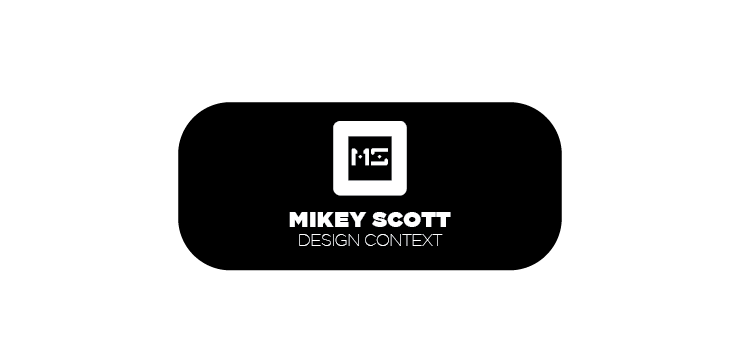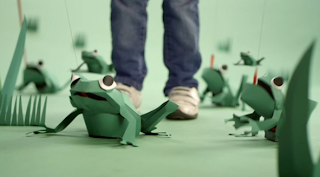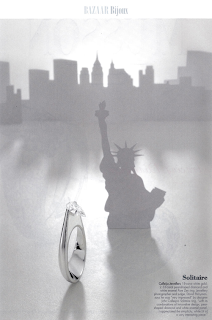There seem to be hundreds of websites, explaining the history of paper cutting, all of them vary slightly in the information they give so trying to discover which version is the correct one may be a little more difficult that i imagined, I will have a trip up to the library and see if there are any books on the subject 'History of paper cutting'
These are the websites that I found most informative
This article is a re print from The Society of Anglo-Chinese Understanding magazine in 1976.
'Up until 20 years ago Chinese papercuts never received serious artistic attention, either from the Chinese themselves or
from Western scholars. They belonged to the category of folk art, something that until very recently was taken for granted and
regarded as hardly worthy of serious study. Fortunately, this attitude is now a thing of the past.'
'At what precise period of their long history the Chinese began to make papercuts will probably never be known. The nature of
paper
is such that it does not easily survive the ravages of time; and since
paper in the form of papercuts was not regarded with any
of the veneration accorded to paper that was painted or covered with calligraphy, no attempt was made to preserve it.
A limit of the antiquity of papercuts, however, can be placed if we
recall that the Chinese invented paper around the end of the
first century AD. At that time and for several centuries after, paper
was probably neither plentiful nor cheap enough to allow of its use
as mere decoration. But by the Tang Dynasty (618 -906) there are records of the use of coloured paper and papercut decorations.
The great poet Du Fu
(712-770) mentions the art of paper-folding, which suggests that by his
time paper must have been cheap enough
to be put to such uses. In the same eighth century, Chinese artisan
paper-makers had been requested to journey to Samarkand and
Baghdad where they were employed some indication of the extent of the
Chinese paper industry and the number of men involved.'
'The uses to which papercuts were put were many. In a land where
windows were of paper and not glass, and where decoration in
ordinary houses was sparse enough, a bright-red papercut of a pair of
mandarin ducks was both a symbol of conjugal felicity and a pleasing
touch of colour. At night when the lamps were lit, it could be seen
from outside as well, creating good cheer in both places. In more
elaborate interiors, whole walls and ceilings were ornamented with
papercuts. Those stuck on windows were called Window Flowers,
and those on ceilings were similarly named Ceiling Flowers; those
adorning the lintels of doors were termed Good-Luck Hangings.
A second use of papercuts was a guide for woodcarvers. The pattern
that was to be carved took the form of a papercut that was
pasted onto the wood before the worker began his sculpture. Allied to
this was the use of papercuts as stencils for transferring colour
to lacquerware, and especially to mass-produced pottery and porcelain.
Some of the cheaper blue-and-white domestic and export
porcelains show unmistakable signs of this technique. By soaking
papercuts in the required colour, one could apply the designs quickly
and in great number and variety without the intervention of the skilled
artisan with his brush. The results were, of course, rather rough,
and the technique was unacceptable for fine-quality ware.
Papercuts also served as guides for embroiderers. Tacked onto the
cloth, they could be oversewn in the required colours. Until about
30 years ago it was still possible to see in many Chinese cities men
selling from street stalls an infinite variety of papercuts for this
purpose (as well as other designs for other purposes).
Not only windows were paper-filled. The traditional lantern was a
flimsy object of cane or split bamboo, over which damp paper was
stretched, just as it was over window frames by assiduous housewives
each autumn in preparation for winter. Inside the lanterns were,
often as not, papercuts (Happy Flowers, they were generally called) of
the finest material, so that their colour would show through when
the candle or lamp inside was lit.
Fans, folding screens, the corners of mirrors, gift packages,
offerings at temples and many other objects frequently bore papercut
decorations.'
'The technique of making papercuts is, like their charm, deceptively
simple. The beginner generally used a readymade design, placed
it on the uppermost of a sheaf of already coloured papers and held the
whole inverted in the smoke of a lamp. The pattern was then
removed. leaving a clearly defined area of unsmoked paper around which
the scissors could be guided. The old-fashioned sharp-pointed
Chinese scissors with their generous loop handles are eminently suited
for this purpose. In practice they were frequently supplemented by
a variety of small knifelike cutting instruments that were made by the
papercutter himself to suit his own particular technique. In this way a
dozen or more identical patterns might be cut at once. Of course, the
really adept practitioners thousands of them are still at work in
China today tend to cut freehand. It is amazing to see how rapidly such
workers can cut the most complex and beautifully formed pattern
of flowers, human figures, fruits or whatever, as you watch.
One further method or variation is to fold the paper in various ways,
much as Western children used to do, before cutting. This forms
either chains of identical linked patterns or figures, or geometrically
ordered patterns whose ultimate complexity depends on how
many folds there are and in which directions they run.
The traditional subjects of the papercutter were many. The ki-lin
was a mythical animal of auspicious omen., the lotus in its many
forms and the pomegranate and the pig all symbolized fertility; bamboos,
pines, plum blossoms and chrysanthemums represented a
courageous spirit; lions and tigers symbolized courage itself. Peaches,
pines and cranes were all common signs of longevity, and all
of them were frequently used. Sometimes Chinese characters, such as the
decorative 'longevity', 'luck,' or 'happiness,' were used.
In contemporary times it is more common to find some political slogan.
There were also still more subtle papercuts employing characters. In
these the character was read for its sound, which could have
two entirely different meanings. The word yu, meaning 'fish', should be
read as yu, meaning 'great wealth' which has the same sound.
And a design using actual representations of a bat and peaches means
'Luck and long life can go together,' because the sounds of the
first two characters are the same as those of luck and long life.'


















































